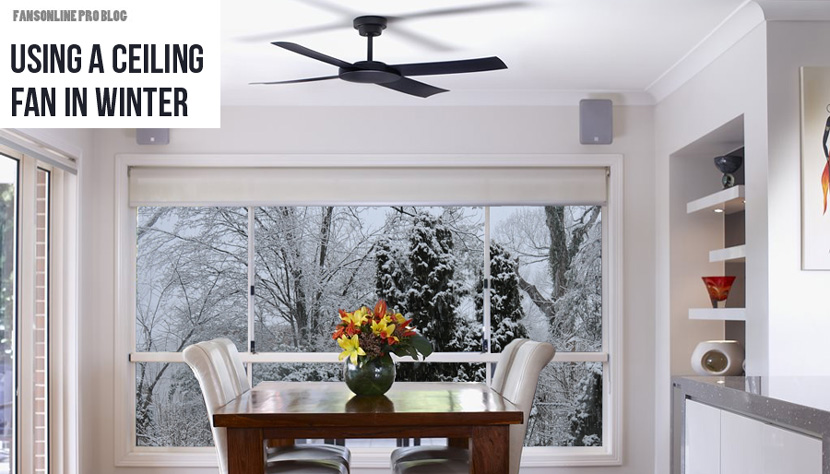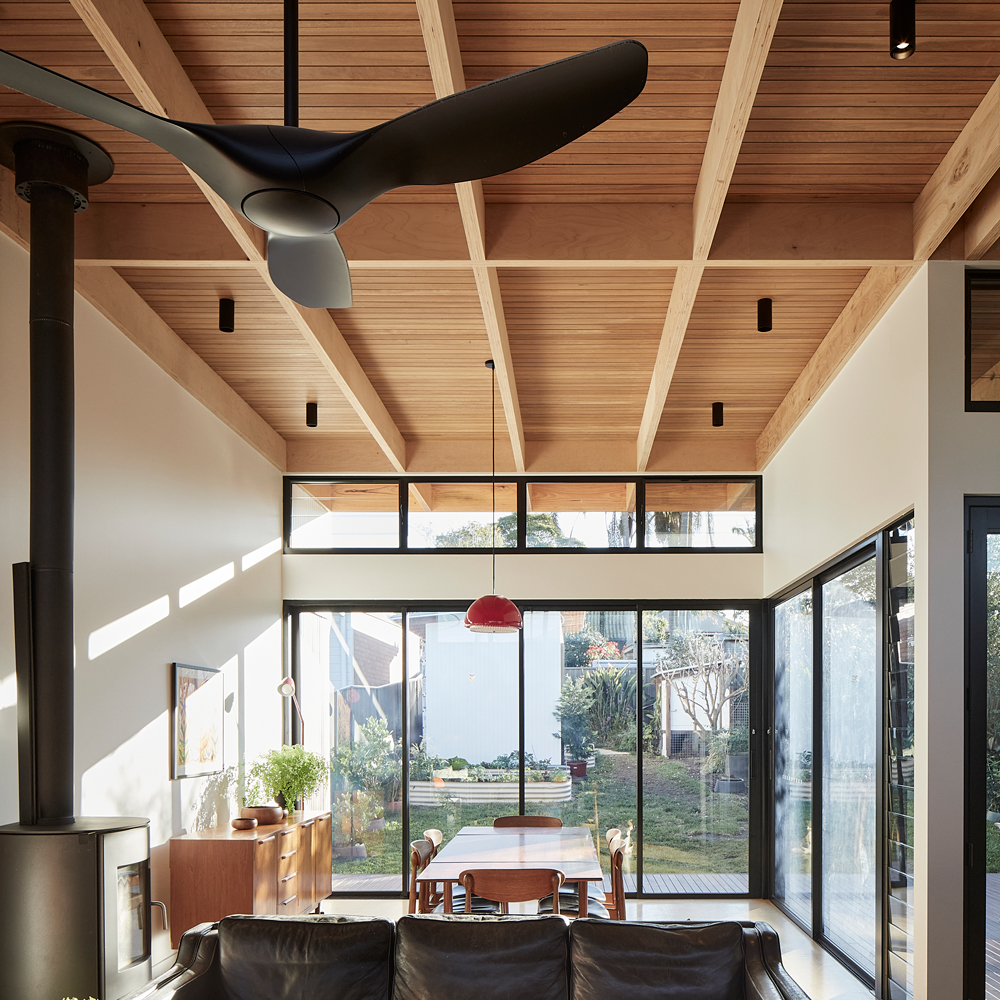Ceiling Fan Direction for Winter and Summer
Ceiling Fan Direction for Winter and Summer

Everybody understands how a ceiling fan works in the summer, but it is not common knowledge that a ceiling fan can actually be used in the winter months as well. The way this works is relatively simple, during winter the fan operates in reverse. This helps distribute warm air around the room. In this PRO BLOG we take a look at how this works and the benefits, which include lowering your heating bills!
Which Direction Should a Ceiling Fan go in Summer and in Winter?
The majority of ceiling fans rotate clockwise on Winter mode and anti-clockwise on Summer mode. Like most functions, this can vary between models, but it’s fairly easy to tell if your fan is on the wrong setting. If you stand underneath a fan on Summer mode, you will feel the wind chill effect of the air moving around you. On Winter mode, you won’t feel this effect.
Exactly how does a ceiling fan in winter work?
During the winter months when it gets cold outside we generally use heating to increase the temperature within the house. This is achieved by means such as ducted heating solutions, fireplaces, freestanding heaters etc. Heat rises, which means that a lot of the warm air ends up rising up to ceiling level, leaving the lower portion of the room significantly cooler. This means that to achieve a warm living space you would generally need to turn up the heater even more. This is particularly a problem in rooms that have high ceilings.
If you have this problem a ceiling fan in reverse will assist greatly. When you put the ceiling fan in reverse it will no longer create the downward cooling effect. It will instead pull air upwards from the centre of the room and push it back down the walls. Take a look at the ceiling fan in reverse diagram below for more information. This results in a more stable temperature, instead of having extremes of hot and cold at the top and bottom of the room.

How to put your ceiling fan in reverse or winter mode?
This will vary from model to model. The vast majority of ceiling fans will have a switch on the side of the motor. This is usually labelled as forward and reverse or summer and winter. Simply flick the switch to engage the relevant rotation. Some newer models will have this reverse function built into the remote control (if one is supplied). It is recommended to check on each particular model to see how it can be reversed. Once in reverse mode the fan should rotate clockwise and generally the fan will only need to be set to a low speed, all you need to achieve is a gentle updraft for your ceiling fan to be effective this winter.
Use your ceiling fan in winter to save money!
By bringing the warm air down from ceiling level it means that you do not need to set your thermostat to be at such a high temperature to achieve a comfortable and warm environment. Ceiling fans are relatively inexpensive to run, especially when compared to power hungry heating solutions. If by using a ceiling fan in the winter it means you can drop your heater by a few degrees there is no doubt you will be making a saving on your energy costs. Whilst exact savings will vary it is not uncommon for a saving of up to 15% by using your fan in reverse.

Ceiling Fan in reverse benefits summary
- Helps distribute heat more evenly throughout the room or living area
- This results in a room that feels warmer and more comfortable
- Means you may be able to lower your heater by a few degrees
- Ceiling fans are generally low wattage which equates to an increase in efficiency
View our range of ceiling fans here
*Images are for illustrative purposes only and are not indicative of actual temperature levels. Actual temperatures will vary depending on external factors such as heat source, external temperature, insulation etc. The imagery is intended to illustrate the fact that a stable temperature can be achieved when using a fan in reverse
Updated on 5th April 2022

